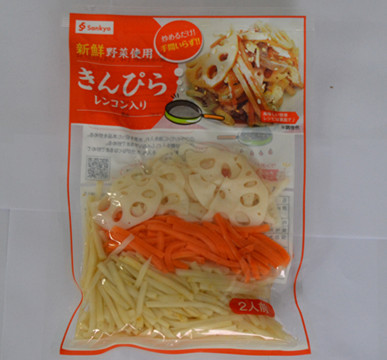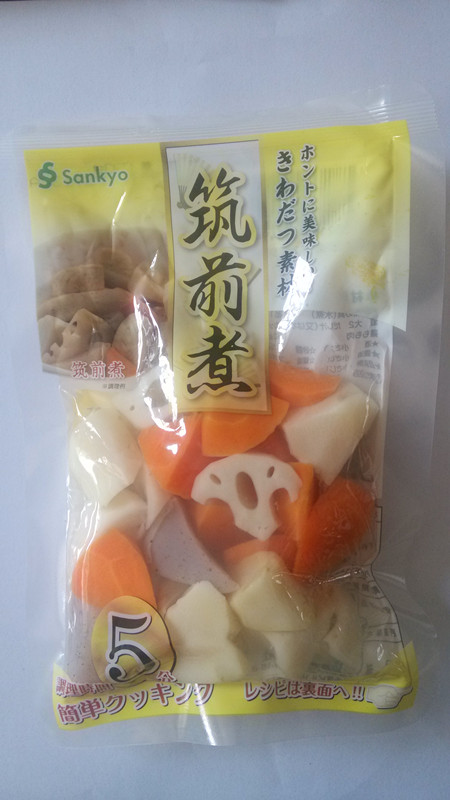The purpose of grass is to optimize the ecological environment of crab ponds, and also ensure that river crabs have food and water feeding. In general, the crab ponds can be eaten by crabs in June and July. For example, planting crabs that do not prefer to eat crabs will overproduce them to form weeds. To plant aquatic grasses in crab ponds, it is necessary to plant crabgrass-like waterweeds, and also plant crabgrass-eaten plants. (2) The aquatic weeds transplanted by aquatic plants are mainly based on water-absorbing species, supplemented by floating water species, thus improving the living environment of crabs. (3) Note that the growing seasons of aquatic plants planted with seasonal complementarity should be patchwork. Grasses form the grass community from spring, and the peaks of growth are formed during the dark irrigation of the leaves in April and June. The growth of the bittergrass grows in June and August. The water peanuts still fall. It is lush. All year round, the food and water are inexhaustible. Second, optimize the water planting methods (a) intercropping crab grass pond planting intercropping should be intercropping, should not be mixed, 6-8 meters wide as a combination, both sides of the planting barnyardgrass and verticillium black algae, each 2.5 meters wide, the middle species Vallisneria. A 3-4 meter wide channel is left between the two combinations. Peanuts are placed around the crab pond and fixed every 10 meters (1.5 meters in diameter) with bamboo rafts. (2) Carefully sow Qinglin seeds before and after Ching Ming (50 g soaking and rubbing out seeds and mixed soil, evenly thrown into the fields). Black algae can be collected at the turn of the spring and summer, the entire phytolysis, with roots wrapped in soil (appropriate plus some fertilizer) phimosis section into a mass, into the crab pond can grow. (3) Applying basal fertiliser 60 kg of calcium phosphate per 667 square meters, 1 kg of ammonia bicarbonate to facilitate rapid growth after sowing of plants, and providing phosphorus and calcium required for oyster shells of river crabs. Third, to strengthen the daily management (A) crab seedlings after planting aquatic plants should not be immediately put into the crab, it is best to put in crab, crab ditch temporary raise, to protect aquatic plants seedlings. The stocking density is preferably 2000-2,500 mu or 2,800-1000 crabs. (b) Gradually deepen the water level. After water plants have emerged, gradually deepen the water level. After the water plants grow into water in June, the normal water level will be maintained. (3) Before rational fertilization of aquatic plants grows into the prosperous period of growth, appropriate organic fertilizers such as man-made animal manure should be supplemented, and chemical fertilizers should not be applied to prevent crab poisoning. (4) Regulation of diets In July and August, crabs were at the peak of their food intake, causing serious damage to aquatic weeds. For this purpose: (1) Increase the animal baits such as snails and small fish to ensure that the crabs have sufficient feed; (2) Put in exogenous aquatic plants. To go to the river to retrieve the most favorite leaves of black crab algae, gold algae equal to the evening into the crab pond, a cluster of 5 --- 10 meters away for feeding crabs. Fourth, pay attention to matters 1, crabs should not be stocking herbivorous fish (grass carp, Wuchang fish, silver carp), do not put too much snails, to prevent swallowing grass seedlings. 2, timely oxygen. Encountered hot, rainy, foggy days, due to poor lighting, low air pressure, lack of dissolved oxygen in water, animal and plant breath oxygen competition, easy floating head of the crab, to take timely water injection, water change, oxygen increase measures. 3. Remove the residual grass that is eaten by crabs in time to prevent water quality from deteriorating.
Raw material and processing method of mixed boiled vegetable is same as single boiled vegetables, We matching the content according to the consumer habits and name of dishes, and make a variety of vegetables mixed together to meet consumer demand on the compatibility of a variety of vegetables.
 include
dishes compliance with the Japanese customs, Jinping (burdock burdock mixed
with carrot silk), Chikuzen Ni (burdock block, carrot pieces, bamboo block,
konjak block, lotus root block), dolphin juice (five kinds of compatibility),
mountain vegetable mixed, mixed mushroom and so on.
include
dishes compliance with the Japanese customs, Jinping (burdock burdock mixed
with carrot silk), Chikuzen Ni (burdock block, carrot pieces, bamboo block,
konjak block, lotus root block), dolphin juice (five kinds of compatibility),
mountain vegetable mixed, mixed mushroom and so on.
Specifications and packaging specifications is same as single Boiled Vegetables.
Mixed with Boiled Vegetables, Pasteurization Canned Vegetables, Compound Plastic Bag Packaging Vegetable
Weifang Wangyuan Food Co., Ltd , http://www.wangyuanfoods.com